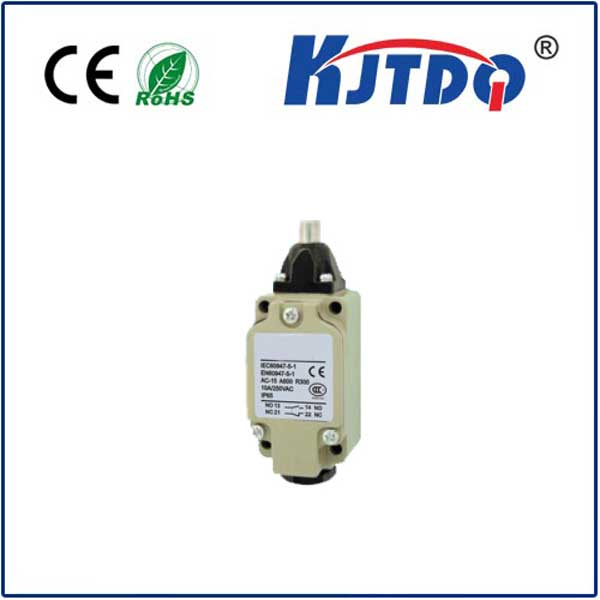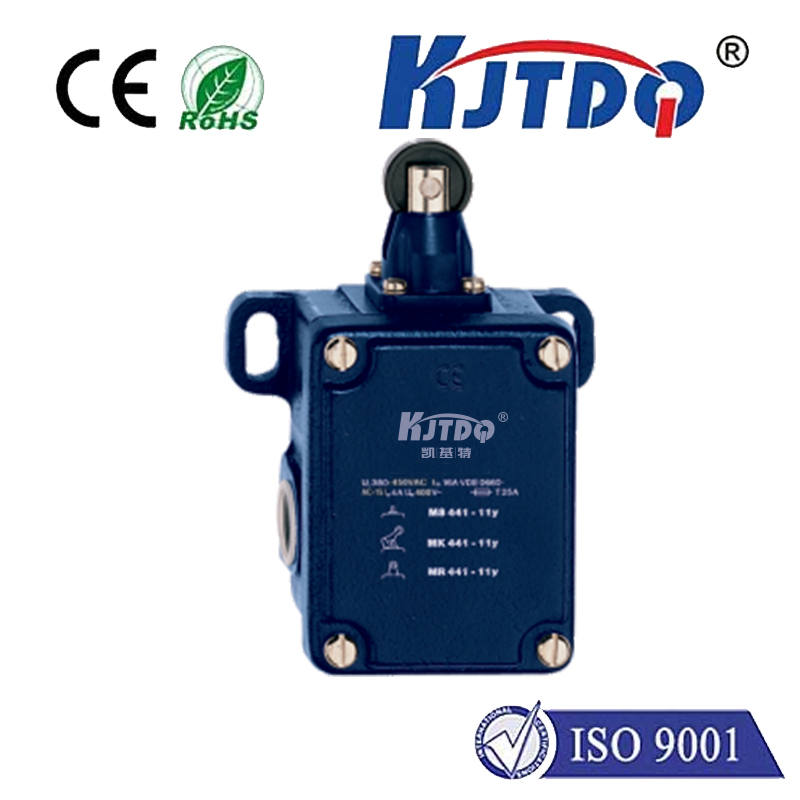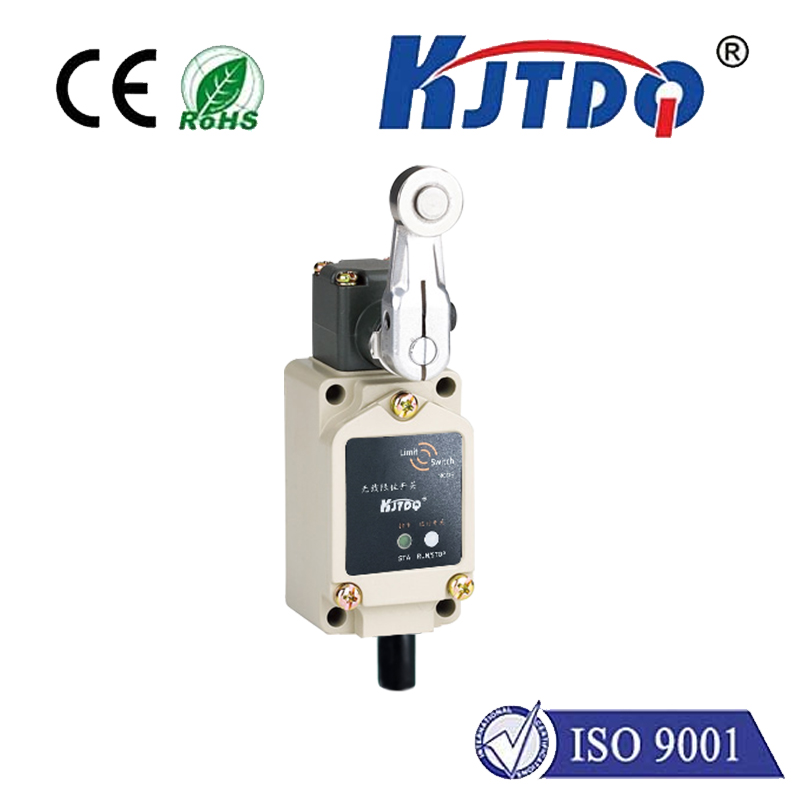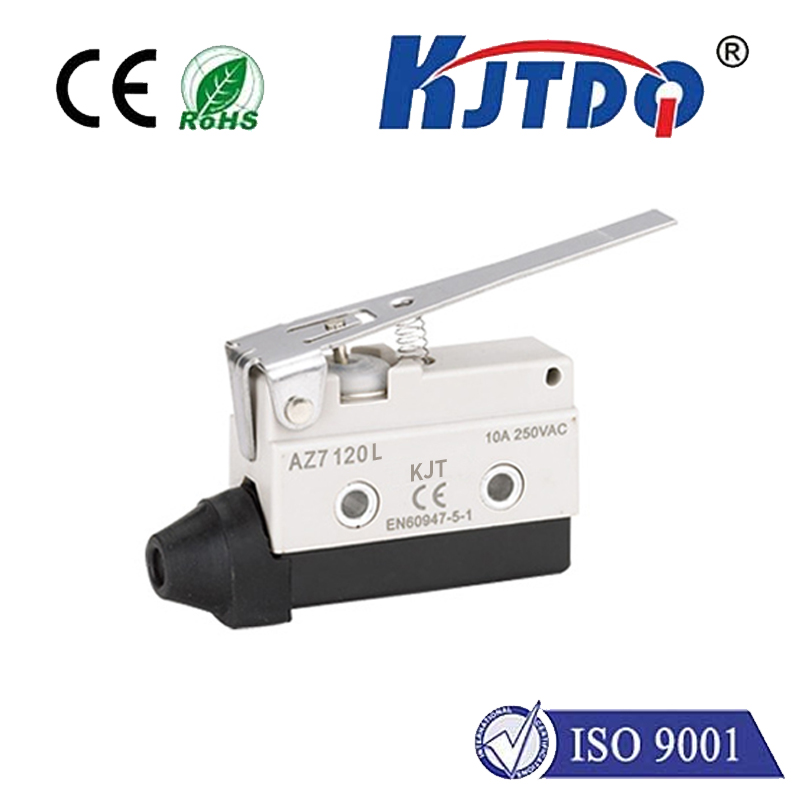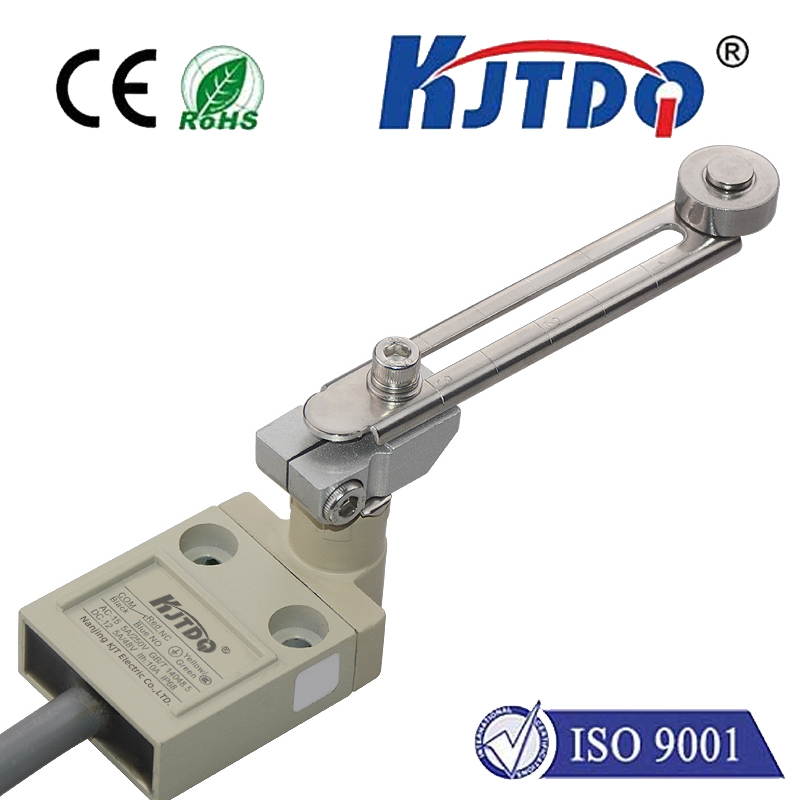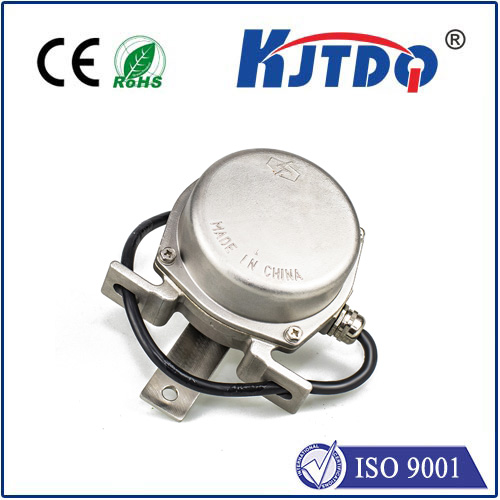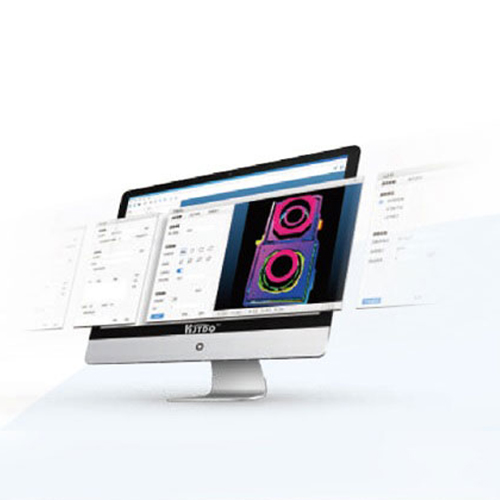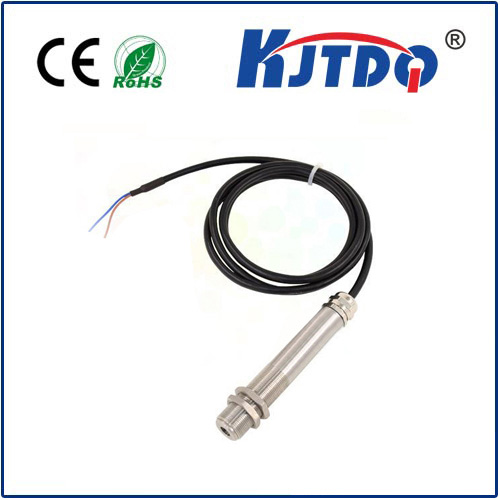variable inductance sensor
- time:2025-06-26 00:00:07
- Click:0
The Indispensable Variable Inductance Sensor: Precision Measurement Through Magnetic Flux
In the intricate dance of modern automation, where machines perform with micron-level precision and processes demand unwavering reliability, lies a quiet workhorse: the variable inductance sensor. These often-overlooked components are fundamental to countless applications, providing critical data on position, displacement, and presence without physical contact. Forget the clunky mechanical switches of the past; variable inductance sensors offer a robust, non-contact solution thriving in harsh industrial environments. Understanding how they harness the principles of electromagnetism unlocks their vast potential in refining control, enhancing safety, and boosting efficiency across diverse sectors.
Demystifying the Core Principle: Inductance in Motion
At its heart, a variable inductance sensor functions based on the fundamental relationship between an electrical inductor (a coil of wire) and the magnetic field it generates. The inductance (L) of a coil is its inherent ability to store energy within this magnetic field. Crucially, this inductance isn’t fixed. It varies predictably based on several key factors:
- The Presence and Proximity of a Conductive Target: When a conductive material (like steel, aluminum, brass, etc.) enters the magnetic field generated by the sensor’s coil, eddy currents are induced on the target’s surface. These currents generate their own opposing magnetic field, interacting with the sensor’s field. This interaction effectively changes the total inductance of the sensor’s coil. The closer the target, the stronger the interaction, and the larger the change in inductance.
- Physical Changes to the Magnetic Path: Some designs alter the inductance by mechanically changing the geometry of the magnetic field’s path. This is commonly achieved by moving a ferromagnetic core (like iron) within the coil. As the core moves in or out, it changes the magnetic permeability of the path, directly varying the inductance value.
The Engine: Converting Inductance Change into Usable Signals

Detecting a change in inductance is only the first step. A variable inductance sensor needs to translate this physical phenomenon into a clear, measurable electrical output that control systems can interpret. This is typically achieved through one of two primary circuit configurations:
- LC Oscillator Circuits: The sensor coil (L) forms part of an oscillator circuit, often combined with a capacitor © to create a resonant tank circuit. The resonant frequency of this circuit is directly tied to the inductance (L). When a target alters L, it causes a shift in the resonant frequency of the oscillator. Sophisticated electronics within the sensor measure this frequency shift, which is directly proportional to the target’s position or proximity. This method often provides superior resolution and accuracy.
- Bridge Circuits: Similar to Wheatstone bridges used for resistance measurements, inductance bridge circuits balance the impedance of the sensor coil against reference components. A change in the sensor coil’s inductance (due to target presence/movement) unbalances the bridge. The resulting amplitude or phase change in the output voltage (or current) is then detected, amplified, and conditioned into a standard output signal. These circuits can be highly sensitive.
Common Outputs: Bridging the Gap to Control Systems
The conditioned measurement from the sensor circuitry is typically delivered as a standardized industrial signal:
- Analog Voltage (e.g., 0-10V DC, ±10V DC): Provides a continuous signal linearly proportional to the measured variable (e.g., position). Ideal for applications requiring proportional control or precise position feedback.
- Analog Current (e.g., 4-20mA): Similar to voltage output but transmits the signal as a varying current. Highly prized in industrial settings for its excellent noise immunity over long cable runs.
- Digital Outputs (e.g., PNP/NPN, Push-Pull): Provide a simple ON/OFF signal indicating the presence or absence of a target within a preset detection range. Often used for discrete position verification or counting applications. Can also include IO-Link for advanced diagnostics and parameterization.
- Digital Communication (e.g., IO-Link, CANopen): Increasingly common, these interfaces provide not only position data but also diagnostic information (temperature, signal quality, etc.) for predictive maintenance and smarter system integration.
Key Sensor Configurations: Tailored for Task
Variable inductance sensors manifest in several distinct physical forms, each optimized for specific applications:
- Inductive Proximity Sensors: The most widespread type. Primarily used for non-contact position sensing and object detection of metallic targets. They detect the presence or absence of a target within a fixed sensing range without physical contact. Shielded versions are ideal for flush mounting in metal, while unshielded offer slightly longer ranges but require non-metallic surroundings. A cornerstone of factory automation.
- Linear Variable Inductance Transducers (LVITs): These sensors convert linear displacement directly into an electrical output. A movable ferromagnetic core travels linearly inside the sensor coil assembly. As the core moves, it changes the coil’s inductance, which is then converted into a proportional analog output (voltage or current). Ideal for applications requiring precise linear position feedback over a defined stroke length, such as hydraulic cylinder position, valve stem position, or material thickness gauging.
- Rotary Variable Inductance Transducers: Similar to LVITs in principle but designed to measure rotational angle or angular displacement. A specially shaped rotor alters the inductance of surrounding stator coils as it turns. Used in applications where precise, robust angular measurement is needed.
Why Choose Variable Inductance? Compelling Advantages
These sensors dominate numerous applications for compelling reasons:
- Robustness & Reliability: Lacking moving mechanical contacts (in proximity sensors) and being inherently simple in principle makes them incredibly durable and resistant to wear and tear. They offer long operational lifespans.
- Non-Contact Operation: Eliminates friction, wear, and potential damage to both the sensor and the target. Ideal for high-speed applications or delicate targets.
- Harsh Environment Tolerance: Typically feature robust housings (stainless steel, PBT plastics) and are highly resistant to dust, dirt, moisture, oil, vibration, and even high-pressure washdowns (IP67, IP69K common). They are generally unfazed by ambient light conditions.
- High Resolution & Repeatability: Especially LC oscillator designs and LVITs offer excellent resolution and extremely high repeatability, making them suitable for demanding positioning tasks. Micro-level accuracy is achievable in well-designed systems.
- Resistance to Interference: Magnetic fields are relatively localized compared to, say, RF fields, making these sensors less susceptible to electromagnetic interference (EMI) than capacitive sensors. Good output circuit design further enhances noise immunity.
- Cost-Effectiveness: Offer a highly reliable and precise sensing solution at generally competitive price points, especially for proximity and basic linear position applications.
Where They Shine: Diverse Industrial Applications
The versatility of variable inductance sensors is evident in their widespread adoption:
- Factory Automation: Machine guarding, robot end-effector positioning, conveyor belt object detection, part presence verification, end-of-stroke detection on cylinders, spindle positioning.
- Material Handling: Position feedback on lifts, hoists, and automated guided vehicles (AGVs).
- Hydraulics & Pneumatics: Precise linear position feedback inside hydraulic and pneumatic cylinders (via built-in LVITs).
- Process Industries: Valve position monitoring, level sensing of conductive liquids (non-contact method), thickness gauging of metal sheets, roll gap measurement












